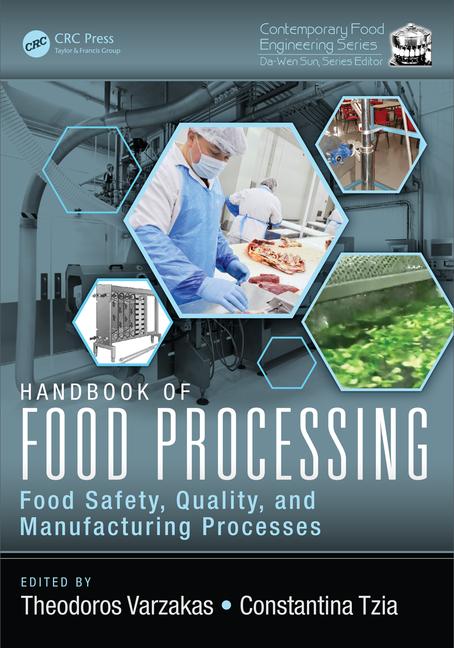Using leavening in cookie and cracker manufacturing

There is a lot of confusion in cookie and cracker manufacturing today. Let’s focus on one of the major areas of confusion: leavening. It is one of the areas that is usually understood and set by the research and development group. Recipes are developed, tested, refined and documented. Once the formula is locked to prevent changes or deviations from occurring, it is up to the others to implement. The area most responsible is the mixing department and their employees. However, small deviations that occur in mixing the doughs will greatly affect the dough characteristics and the finished product attributes. Even though stages and procedures are written on the recipe card, changes find their way into the process.
There are five basic forms of leavening in the biscuit manufacturing process: air, steam, CO² from yeast, CO² from chemical reactions, and CO² from thermal decomposition.
First, there must be an air cell created in the dough mass. Either through mechanical or chemical actions, there must be an air cell for the developing gas to enter and be trapped. Each air cell acts as a balloon, lifting and leavening the dough mass. If there are no air cells, the gas has no place to go or concentrate, escaping into the environment and producing a heavy, unleavened dough that will not be easy to process or meet finished product attributes.
Mixers incorporate air into the dough by mechanical action. Whipping air is the most-aggressive type of air incorporation and is used for batters and other very fluid doughs such as for vanilla wafers, cake-like cookies and other foam-type products. But even the gentle folding of the dough mass begins the air entrapment and the air cell development process.
Carbon dioxide is produced via yeast fermentation and has been the age-old process for leavening action in a dough. However, the accompanying flavors from the fermentation process limits this approach to bread-like products—e.g., saltine cracker products, related cheese crackers, etc. Yeast fermentation is a time-consuming process and requires controlled heat and humidity conditions, thus taking valuable bakery space and additional labor.
Carbon dioxide is also produced in a more-controllable and reliable method using chemical compounds that release the gas either by reacting with an acid or thermal decomposition. Sodium bicarbonate is the most widely used carbonate in the baking industry, along with product-specific use of ammonium bicarbonate. Both produce CO² in a more-controlled method, thus ensuring consistent dough process characteristics and finished products that meet consumer expectations.
Where the confusion reigns is in the use of these five leavening systems in the biscuit manufacturing process. Small changes in the order of addition of sodium and ammonium bicarbonate and even the location where the chemicals are added to the mixer will affect the process. Ammonia is also handled differently in the mixing shop by dissolving the compound in cool water first. For yeast fermentation, time, temperature and humidity all greatly affect the leavening of the dough. Other deviations occur when mixing departments change shifts and employees rotate through the operation’s work schedules or even through work breaks. Each employee introduces their own subtle change that can affect downstream operations and, when multiplied over several production lines and over several shifts, the affects can be quite dramatic and expensive in waste and loss of efficiency.
Where does one learn about the differences and why it is important to the biscuit manufacturing process? One of the best ways is through educating the employee in the fundamentals of leavening and a wide range of related topics through the American Bakers Association Cookie and Cracker Manufacturing Course. The course was developed with the front-line leadership employee in mind who wants to understand the biscuit manufacturing process better. The topics covered in the course begin with the foundation of flours, carbohydrates, fats and minor ingredients. The course then builds upon this information, with mixing, processing and forming various types of products. Individual sections cover areas such as rotary molding, wire-cut products, etc., as well as baking and post-production handling.
This is the most-comprehensive technical training program available to the cookie and cracker industry.
For complete details and to register, visit www.americanbakers.org/ccmc.
Looking for a reprint of this article?
From high-res PDFs to custom plaques, order your copy today!








